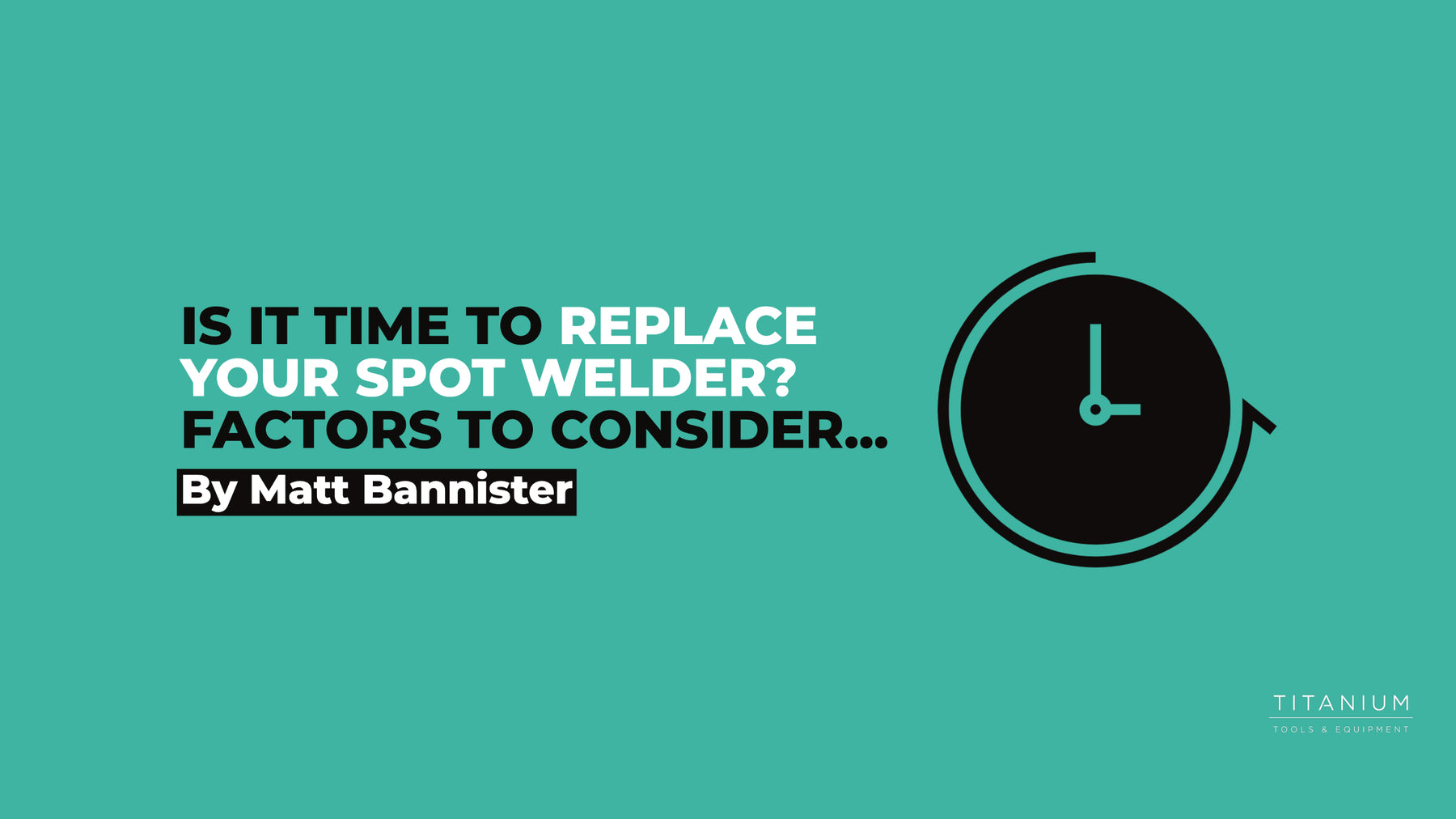
Is it Time to Replace Your Spot Welder? Factors to Consider
Introduction:
Investing in a spot welder is essential for many modern shops, as this equipment has become indispensable in the automotive industry. However, like any piece of equipment, spot welders have a limited lifespan, and it's essential to know when it's time to consider a replacement. In this article, we will explore the factors to consider when determining whether your spot welder is due for an upgrade. From usage frequency to technological advancements, we'll provide you with valuable insights to help you make an informed decision.

Lifespan and Usage Frequency:
Spot welders, on average, have a lifespan ranging from 7 to 10 years. If you have owned your spot welder for more than a decade, it is likely approaching the end of its usable life. However, another crucial factor to consider is the frequency of usage. If you heavily rely on your spot welder, using it multiple times a day, its weld count will be significantly higher than someone who uses it sparingly. As a heavy user, it's essential to budget for a replacement earlier and potentially depreciate it over five years.Trade-In Options:
When the time comes to upgrade your spot welder, trading in your old unit can be a viable option. We accept trade-ins on all the welder brands we sell because we have the expertise to refurbish them. By opting for a trade-in, you not only receive a financial benefit but also contribute to sustainable practices as these refurbished welders can find a new home in lower volume shops. Alternatively, you could keep your old welder as a backup, ensuring minimal downtime in case of emergencies.Advancements in New Welders:
Newer spot welders offer a range of advanced features and capabilities that can significantly enhance your welding experience. Fully automatic features eliminate the need for manual adjustments by adapting to different metal thicknesses. On-board training programs enable users to master specific OEM repair procedures, ensuring precision and adherence to industry standards. Furthermore, newer models boast improved arm change mechanisms, efficient cooling systems, and ergonomic designs, providing a more user-friendly and productive welding experience.Certifications and Service Support:
If you're considering a new welder, it's crucial to evaluate whether it meets the certification requirements for the projects you undertake. Different industries may have specific welding standards, and investing in a welder that aligns with those requirements can save you time and potential compliance issues. Additionally, consider the availability of dedicated service personnel for your chosen welder. A reliable supplier should have experienced technicians who can promptly address any maintenance or repair needs. Furthermore, inquire about the warranty duration and whether they provide loaner welders during servicing.Importance of Service Contracts:
To ensure your spot welder's longevity and optimal performance, it is highly recommended to consider a service contract. By subscribing to our service contract, you benefit from regular inspections and maintenance performed by trained professionals. They can identify potential issues before they cause significant failures, such as loose plugs, damaged power and communication cables, and misaligned tips, or failed cooling pumps. Proactively addressing these issues can help prevent unexpected downtime and costly repairs, ultimately maximizing the lifespan of your welder.Conclusion:
As you evaluate your spot welder's lifespan and usage frequency, the decision to budget for a replacement becomes clearer. Upgrading to a newer model not only introduces advanced features and automation but also ensures compliance with industry certifications and offers improved service and support. Remember to explore trade-in options, consider a service contract for proactive maintenance, and choose a reputable supplier who can cater to your specific needs. By making an informed decision, you can continue to rely on your spot welder for years to come, maintaining productivity and quality in your welding operations.

Leave a comment